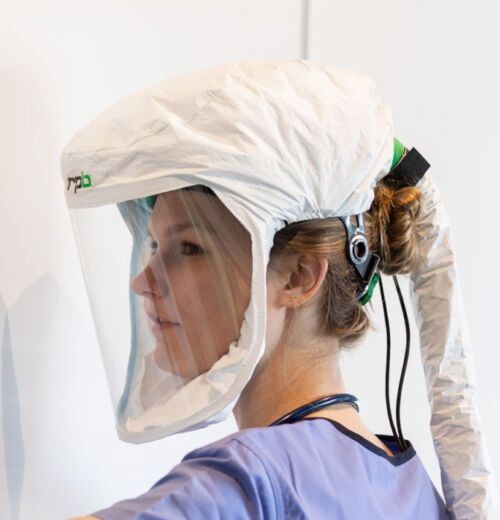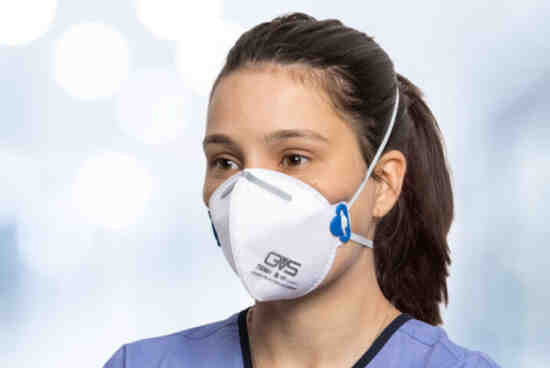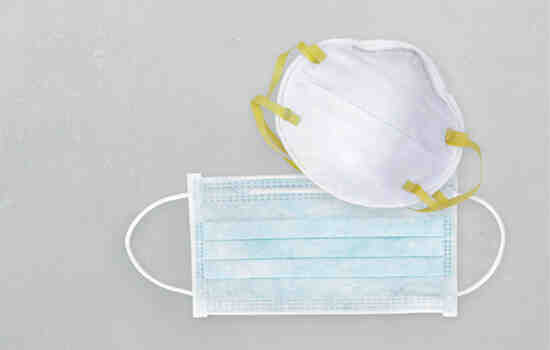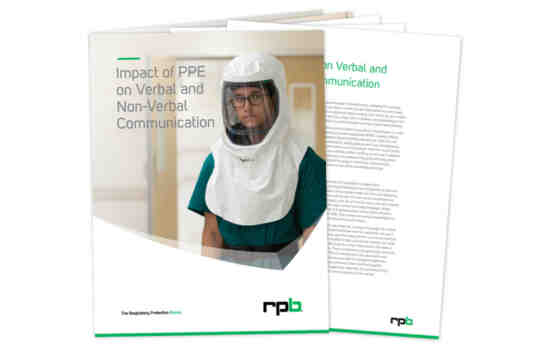
With so many unknowns on the frontlines, including Covid 19, PPE provides healthcare workers with a much-needed layer of defense.
Back to Articles & Resources View all Healthcare & Life Sciences content
For many healthcare workers, PPE (personal protective equipment) is a critical component to safety. With so many unknowns on the frontlines, including Covid 19, PPE provides healthcare workers with a much-needed layer of defense. What qualifies as PPE? Gowns, goggles, gloves, face shields, basically anything used to prevent exposure to bodily fluids and respiratory droplets. Due to the volume of PPE being used, its environmental footprint is significant. Each day it’s estimated there’s up to 7,200 tons of medical waste, with a large portion being contributed to masks.
One major issue is that a lot of PPE is only used once and then disposed of. It’s called single-use PPE and it’s used to prevent the spread of any contaminants or pathogens. Bacteria can stay on items for some time so it’s safer to dispose of it before the nasties spread. It’s estimated that 129 billion face masks are used each month, that’s 1.54 trillion face masks disposed of every year, often ending up in landfills, oceans, rivers and forests around the world.

A US study estimated that if every healthcare worker had used a reuseable respirator instead of disposable masks in the first 6 months of the COVID-19 pandemic,
the volume of waste could have been reduced by over 82%
That's 69,000 tonnes!
Addressing the current wastage issues with PPE is quite simple, and a lot of the solutions already exist with three different types of respiratory protection. Firstly, a tight-fitting half mask, like an N95 or N99 respirator can be used. Although these are still disposable, they can be worn for extended periods and are able to be disinfected using hydrogen peroxide vapor, ultraviolet radiation, moist heat, dry heat, and ozone gas which enables them to be reused. Research continues so overtime more solutions will be discovered.
Elastomeric half-mask respirators (EHMR) utilize a reusable body which can be cleaned and disinfected and then the disposable filters can be replaced. What makes these systems so effective is that the filters are designed for multi-use, and in some cases can be disinfected, meaning there’s less product requiring disposal. A US study estimated that if every healthcare worker had used a reusable system instead of a disposable for all encounters for the first six months of the COVID-19 pandemic, waste could have been reduced from 84,000 tonnes to 15,000.
Alternatively, there are completely reusable systems known as powered air purifying respirators (PAPRs). This form of PPE utilizes an internal support system where a reusable and replaceable hood is attached. Filters in these systems last the longest, due to their increased size and surface area, they’re also replaceable.
Regardless of technological advancements creating sustainable PPE alternatives, there’ll always be wastage, and with the environment very much in the headlines, the bonus is on the healthcare industry to stay one step ahead.
Related Articles

Increased Inspections and Enforcement for Healthcare Facilities
US Department of Labor announces increased inspections and enforcement for healthcare facilities with COVID-19 patients.
Read article
Disposable Respirator vs Surgical Mask
Trying to decide whether you need to wear a disposable respirator or a surgical mask? You’ve come to the right place!
Read article
COVID-19 and it's impact on healthcare workers
This white paper discusses why healthcare workers are being disproportionately affected compared to the general public, the challenges experienced, and what we can learn to reduce this impact in the future.
Download white paper